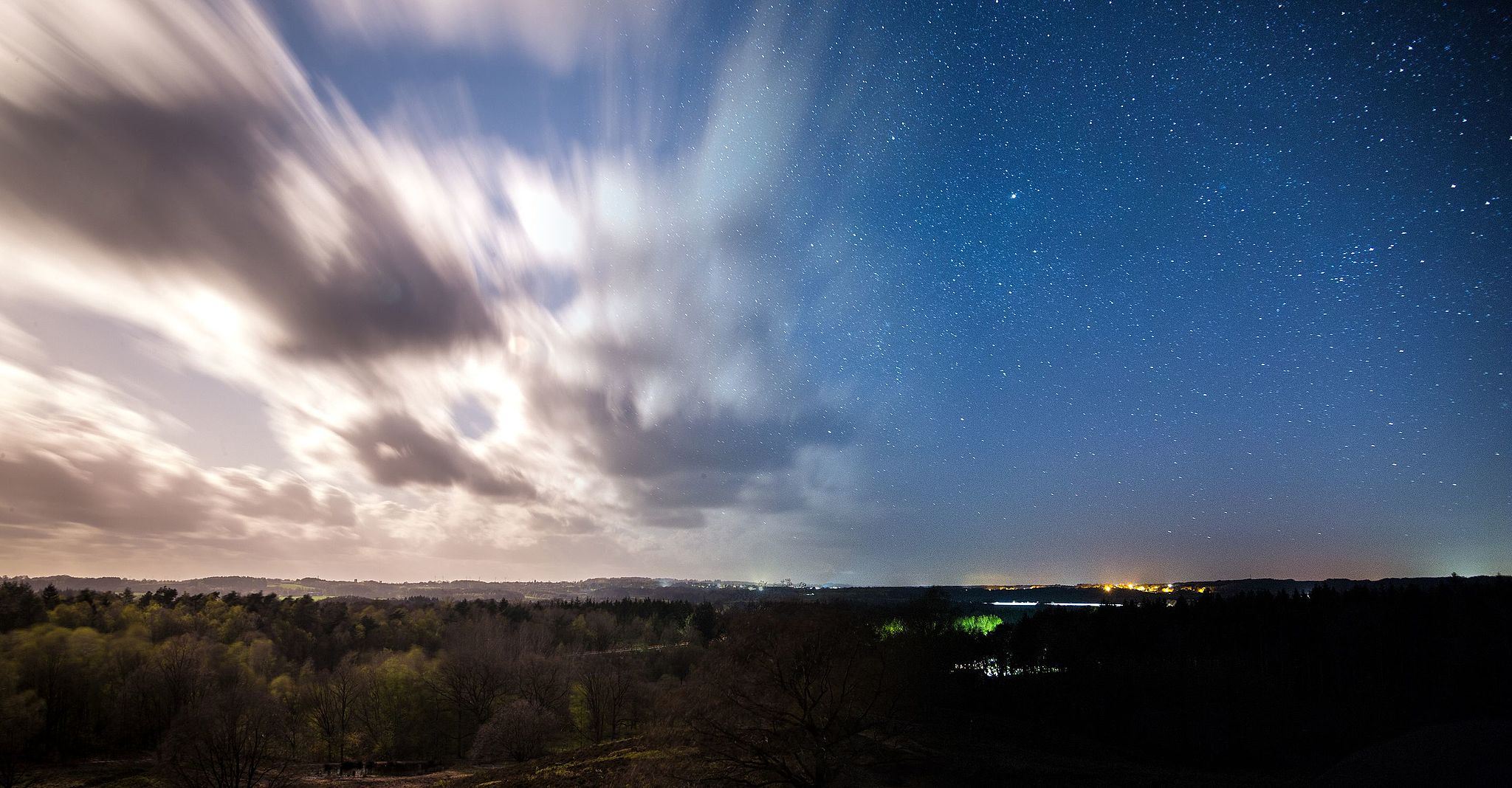Sign up for The Media Today, CJR’s daily newsletter.
On September 25, New York City will observe that magical moment, when day and night are the same length.
For you in Miami, that magical moment will be on September 27.
But wait! We hear you cry. The equinox is September 22!
You’re right. And so are we.
September 22 this year marks the “equinox” everywhere in the world, except on the other side of the International Date Line, when it’s September 23. In the Northern Hemisphere, it’s the “autumnal equinox,” the transition from summer to fall. In the Southern Hemisphere, It’s the “vernal equinox,” the transition from winter to spring.
ICYMI: Eleven newsletters to subscribe to if you work in media
“Equinox” is Latin for “equal night,” and many people think it marks when the length of day and night are equal.
Would that it were so simple.
The length of day and night are not the same on the “equinox.” You can tell, because sunrise and sunset times are not the same. When the sunset and sunrise times are 12 hours apart, it’s called the “equilux,” which is Latin for “equal light.”
In New York City, “equilux” will be September 25, when both sunrise and sunset are scheduled for 6:47. It won’t be an exact “equilux,” because the day will be about one second longer than the night, but an “equilux” it is nonetheless: It’s the separation of day and night by less than a minute and that counts.
Because the Earth is not flat, or so we believe, the day length changes as you move north or south, so the “equilux” day will change. That’s why Miami won’t have the “equilux” until September 27, when both sunrise and sunset are scheduled for 7:11. If you live close to the Equator, though, you’re out of luck: There is no “equilux” there, because the day and night never are the same length. In fact, they don’t vary much at all, unlike closer to the poles. But you still get an “equilux.”
In the spring, the process is reversed, when the “equilux” occurs a couple of days before the “equinox.”
This requires a bit of astronomy: The Earth, like many of its inhabitants, is a little askew. It’s tilted about 25 degrees from vertical. When its Northern Hemisphere points towards the Sun, it’s summer. When it points away, winter. When the Sun is directly above the equator, the division between the Northern and Southern Hemispheres, that’s the equinox. It’s measured astronomically, by the position of the Sun.
But the Earth also has an atmosphere, thankfully, and that acts as a lens. The sky gets light before dawn, and is still light after sunset. The Sun actually rises a few minutes later than we think and sets a few minutes earlier, as the atmosphere’s refraction effect takes hold.
In addition, it’s actually lighter longer than what sunrise and sunset times would have you believe. In fact, the sunrise time is only one way to measure, um, the sun rise. You have entered the “twilight zone,” where light is a matter of degrees.
First we have “astronomical twilight,” where the Sun is still below the horizon (18 degrees to be exact), but the faintest fading of darkness has begun. In “nautical twilight,” the horizon is just visible, though the Sun is still 12 degrees below it. “Civil” twilight is for the rest of us, when the Sun is 6 degrees below the horizon but there’s enough light to clearly see things around you. (There are corresponding “twilights” for sunsets.)
ICYMI: Journalists, here’s what to do “when things start to get genuinely bad”
All that “twilight” is not included in local “sunrise” and “sunset” times, when the upper edge of the Sun appears to touch the horizon. That time is somewhat approximate, because it will depend on atmospheric conditions, your elevation, etc.
So the “equilux” is also not an exact science, unlike the “equinox.”
Why haven’t you ever heard of this “equilux”? The Macmillan dictionary’s Buzzwords blog says it first showed up around 2006, but cites no sources. You won’t find it in most dictionaries, including Merriam-Webster’s Unabridged and the Oxford English Dictionary; even astronomy sites rarely use it, though it shows up occasionally. And because there is no one “equilux” the way there is one “equinox,” it’s harder to pin down.
You’ll just have to take our word for it.
On a related matter, the Sun’s appearing larger at sunrise and sunset is a Ponzo scheme, not refraction. As a Cornell astronomy site explains, “The brain thinks that objects on the horizon should be farther away than objects overhead; since the Sun is the same apparent size in both places, the brain concludes that the Sun is physically bigger when it’s on the horizon, and thus tricks you into thinking that the angular size is bigger than when it’s overhead.” This illusion, first described in 1911 by an Italian psychologist, Marco Ponzo, is the same as those mind tricks like this:
Now you can spend the “equinox” convincing yourself that those two horizontal lines are like an “equilux”: Both lines are the same length.
ICYMI: We tested paywalls at NYTimes, WSJ & WashPo and more. All of them were pretty leaky, except one.
Has America ever needed a media defender more than now? Help us by joining CJR today.



